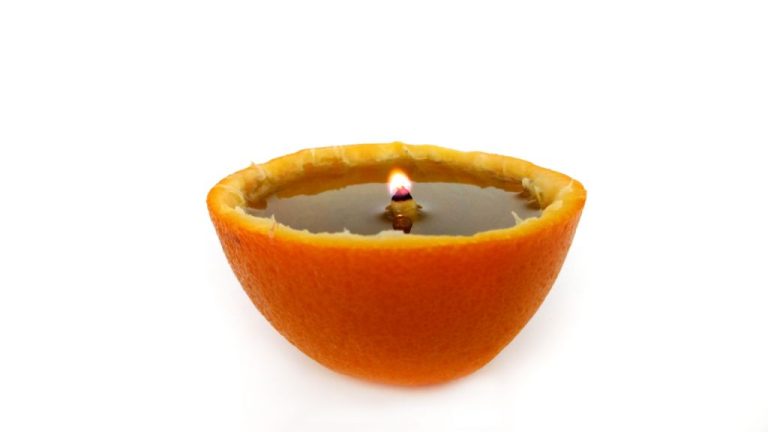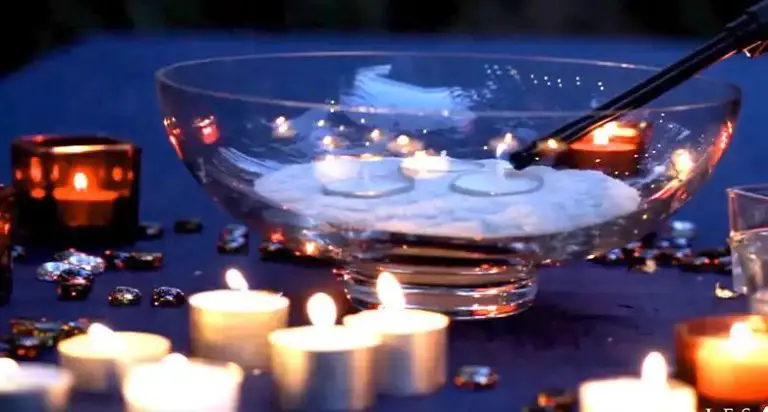Are Tin Candles Better Than Glass Candles?
Candles have been used for illumination, religious ceremonies, and aromatherapy for thousands of years. Two of the most common candle materials are tin and glass. Tin candles are made from sheets of tin plate that are rolled into a cylindrical shape, while glass candles are made by pouring wax into hollow glass containers. The key differences between these two candle materials come down to appearance, fragrance diffusion, burn time, safety, cost, availability, and environmental impact.
Tin candle containers allow the candle wax itself to be the main visual element, often colored or embedded with botanicals. Glass candle containers contribute their own aesthetic element, with styles ranging from simple to ornate. In terms of fragrance diffusion, the metal of tin candles absorbs heat and helps to throw scent, while glass allows light to pass through. Tin candles often burn slower thanks to their enclosed design. Glass containers can get hot and pose a minor safety risk. Tin candles tend to be more affordable and widely available. Glass candle containers are reusable and may be more eco-friendly. This article will explore the pros and cons of both materials in-depth.
History of Candle Materials
Candles have been used for centuries as a source of light. The history of candles can be traced back to early Egyptian and Roman times when candles were made from tallow or animal fats (https://www.milkandmoon.com.au/post/are-candles-bad-for-you).
Tin was one of the first materials used to hold candles. Tin candle holders became popular in colonial America in the 1700s as tin was relatively cheap and abundant. Tin candle molds allowed candles to be made in specific shapes and sizes.
Glass was also an early candle holder material, though it was more expensive and fragile than tin. The earliest glass candles date back to the 1600s in England. Glass allowed decorative candle designs but was prone to breaking.
Other early candle holder materials included silver, pewter, and ceramics. But tin and glass were most common until the mid-1800s.
Appearance
When it comes to aesthetics and decorative styles, glass and tin candles provide different options. Glass containers allow consumers to see the candle wax inside and are available in clear, colored, patterned, and frosted styles. The transparency of glass also lets the true color of the wax show through. Glass comes in a wide variety of shapes and sizes, like round, square, oval, pillar, and container styles. Designs like etching on the glass are also possible. Overall, glass provides a more elegant, refined look many appreciate (source).
Tin candle containers, on the other hand, do not allow consumers to see the candle wax inside. They have a more industrial and rugged aesthetic. Tin containers are limited to mostly round and square shapes and typically have solid colors or simple patterns printed on them. There are fewer decorative options with tin. However, some do prefer the simpler, more discreet look of tin over glass (source).
In summary, glass provides more variety and elegance, while tin has a more understated appearance. The aesthetics come down to personal preference.
Fragrance Diffusion
The different structures of tin and glass create nuanced differences in how fragrance diffusion occurs. Tin has a solid structure which tends to contain the fragrance, while the transparent and more porous nature of glass allows scent to permeate through the sides and top of the candle.
According to Wayne Arthur Gallery, the transparency of glass allows fragrance to diffuse more evenly, resulting in a subtle yet consistent scent throw. Tin candles often have a stronger initial scent when first lit, which slightly diminishes over time as fragrance becomes trapped in the opaque metal walls.
However, some prefer tin candles precisely because the fragrance stays concentrated in the melting wax pool rather than dispersing. The compact structure can also help prevent scent from dissipating too quickly in open spaces. Ultimately, glass may provide a more even diffusion while tin offers a focused throw.

Burn Time
There are some key differences between tin and glass when it comes to candle burn time. Tin candles tend to have a shorter burn time compared to similar sized glass candles. According to Candle Tins vs Candle Jars: The Ultimate Showdown, tin’s increased rate of heat transfer means the wax pool reaches the edges faster, which can shorten burn times. The metal sides also absorb more ambient heat. Glass insulates better and retains heat longer.
However, there are ways to maximize burn time with tin. Using a smaller diameter wick can slow down the melt pool growth. Filling tins to the top with wax leaves less space for ambient air to transfer heat. Testing wick sizes to find an optimal burn is key. With the right wick, tin can offer a satisfactory burn, just typically shorter than glass.
Safety
When considering candle safety, there are a few key factors to look at including flammability, heat retention, and other safety concerns.
Tin candles tend to retain heat better than glass, making them more of a fire hazard if placed too close to flammable materials. According to Clean & Non-Toxic Candles: Everything You Need to Know, tin can get extremely hot to the touch and should be placed on a heat resistant surface. Glass candles retain less heat, so may be a safer option around kids and pets.
In terms of flammability, paraffin wax used in many cheap candles has a low flash point making it prone to catching fire, while soy and beeswax have higher flash points. Per Candle Wax Comparisons and Safety, beeswax is one of the safest waxes in terms of fire risk.
Additional safety concerns with lower quality candles include lead in wicks and soot buildup. Seeking out candles clearly labeled lead-free and using cotton or wood wicks can help mitigate these risks.
Cost
Tin candles tend to be more affordable than glass candles. According to Kushed Candles, glass is a more expensive material to produce candles from than tin. The cost of raw materials and manufacturing is lower for tin, making tin candles generally cheaper for both consumers and candle makers. Fly Tin Bottle also notes that the lower cost of tin candles makes them an attractive option for candle makers on a budget or looking to maximize profits. For candle buyers, the lower price point can make tin candles more accessible. While high-end glass candles exist, basic tin candles tend to be the most budget-friendly option.
Availability
Tin candles tend to be more widely available and easier to find than glass candles. Many major retailers like Target, Walmart, and Amazon carry a variety of tin candle options at affordable prices. Tin candle jars can be purchased in bulk at craft stores or online for DIY candle making as well. According to Flytin Bottle, tin candles are often used for promotional giveaways and corporate gifting because they are inexpensive and readily accessible.
Glass candles may be harder to find, especially affordably priced options, outside of specialty home goods stores and boutiques. While some retailers like Anthropologie, HomeGoods, and Crate & Barrel sell stylish glass candle jars, these tend to be more expensive and limited in selection compared to tin candles. For DIY candle making, glass jars and containers generally need to be sourced from specialty suppliers, which can be more challenging for the average consumer compared to using widely available tin options.
Environmental Impact
The environmental impact of different candle materials is an important consideration. Some materials, like paraffin wax made from petroleum, have concerning effects. Burning paraffin candles releases chemicals like toluene and benzene into the air, which can be hazardous to human health. The petroleum industry also has negative environmental consequences like oil spills and habitat destruction (https://impactful.ninja/candles-environmental-impact/).
More natural materials like soy wax or beeswax are often considered better options. Soy wax comes from a renewable resource and is biodegradable. Beeswax is a natural byproduct of honey production that is also biodegradable. Making candles from these materials has less environmental impact overall (https://notescandle.com/blogs/passing-notes/what-impact-do-candles-have-on-the-environment).
Considering recyclability and using sustainably sourced materials are key for eco-friendly candles. Metals like tin and glass are recyclable, while many plastic containers are not. Choosing recyclable and biodegradable materials helps minimize waste and environmental damage.
Summary & Recommendations
Both tin and glass have unique benefits as candle materials. Glass is clear, allowing the candle’s color and design to shine through beautifully. The smooth surface of glass also enables excellent fragrance diffusion as the candle burns. However, glass can be prone to breaking and is typically more expensive.
Tin is more durable and affordable than glass. It comes in a variety of finishes to suit any décor. Tin insulates the candle wax better than glass, yielding an even burn and extended burn time. The opacity of tin can limit the candle’s visual appeal. Tin may also retain more scent when not in use compared to porous glass.
For gifts or decorative use where the candle color and design will be visible, glass is likely the best option. Opt for tin or metal vessels for sturdy, inexpensive candles meant for daily use. Consider glass for strong scent diffusion and tin for optimal burn time.






